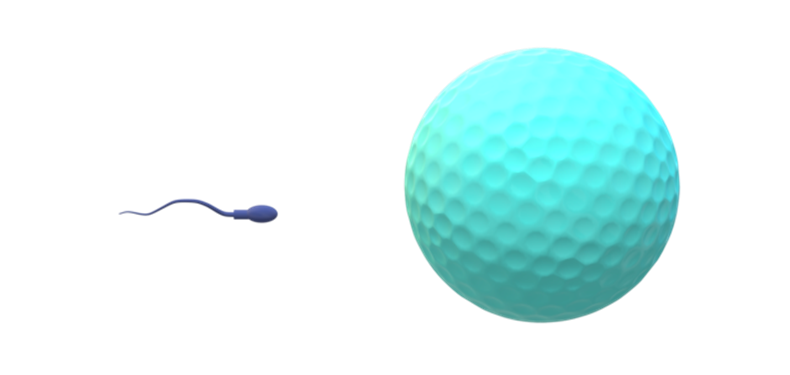3.1: Introduction to Development and Structure of the Human Reproductive System
- Page ID
- 167392
\( \newcommand{\vecs}[1]{\overset { \scriptstyle \rightharpoonup} {\mathbf{#1}} } \) \( \newcommand{\vecd}[1]{\overset{-\!-\!\rightharpoonup}{\vphantom{a}\smash {#1}}} \)\(\newcommand{\id}{\mathrm{id}}\) \( \newcommand{\Span}{\mathrm{span}}\) \( \newcommand{\kernel}{\mathrm{null}\,}\) \( \newcommand{\range}{\mathrm{range}\,}\) \( \newcommand{\RealPart}{\mathrm{Re}}\) \( \newcommand{\ImaginaryPart}{\mathrm{Im}}\) \( \newcommand{\Argument}{\mathrm{Arg}}\) \( \newcommand{\norm}[1]{\| #1 \|}\) \( \newcommand{\inner}[2]{\langle #1, #2 \rangle}\) \( \newcommand{\Span}{\mathrm{span}}\) \(\newcommand{\id}{\mathrm{id}}\) \( \newcommand{\Span}{\mathrm{span}}\) \( \newcommand{\kernel}{\mathrm{null}\,}\) \( \newcommand{\range}{\mathrm{range}\,}\) \( \newcommand{\RealPart}{\mathrm{Re}}\) \( \newcommand{\ImaginaryPart}{\mathrm{Im}}\) \( \newcommand{\Argument}{\mathrm{Arg}}\) \( \newcommand{\norm}[1]{\| #1 \|}\) \( \newcommand{\inner}[2]{\langle #1, #2 \rangle}\) \( \newcommand{\Span}{\mathrm{span}}\)\(\newcommand{\AA}{\unicode[.8,0]{x212B}}\)
By the end of this section, you will be able to:
- Explain how bipotential tissues are directed to develop into the differing sex organs
- Develop an understanding of Differentiated Sex Development which results in anatomical variations of sexual characteristics identified as Intersex
- Identify the rudimentary duct systems in the embryo that are precursors to internal sex organs
- Describe the hormonal changes that bring about puberty, and the secondary sex characteristics of assigned males and females
- Describe the structure and function of the organs of the assigned female reproductive system
- List the steps of oogenesis
- Describe the hormonal changes that occur during the ovarian and menstrual cycles
- Trace the path of an oocyte from ovary to fertilization
- Describe the structure and function of the organs of the assigned male reproductive system
- Describe the structure and function of the sperm cell
- Explain the events during spermatogenesis that produce haploid sperm from diploid cells
- Identify the importance of testosterone in assigned male reproductive function
Author's Note
The following chapter will be divided into three distinct sections in an effort to understand reproductive functions of human anatomy. The development of the reproductive systems begins soon after fertilization of the ovum, with primordial gonads beginning to develop approximately one month after conception which leads to assigned sex of the fetus. Reproductive development continues in utero, but there is little change in the reproductive system between infancy and puberty.



